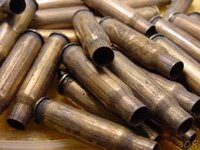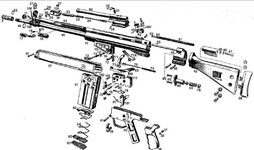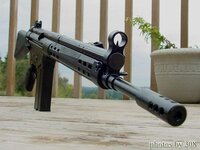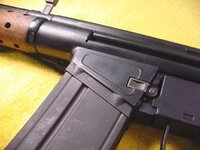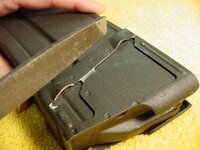I like looking at the different rifles that Atlantic carries. I bought a Polish AK 47 from them about a year ago, and it was a smooth experience.
Century Arms C308 Sporter Rifle RI2253-X
This rifle looks pretty neat and I have no idea of it's history, but it seems like a lot of gun for less than $700.00? I really doubt that I want to get into a .308 though. I'm already into an AR15, AK 47 and .30 Carbine that I don't get out to shoot as much as I'd like!
Century Arms C308 Sporter Rifle RI2253-X
This rifle looks pretty neat and I have no idea of it's history, but it seems like a lot of gun for less than $700.00? I really doubt that I want to get into a .308 though. I'm already into an AR15, AK 47 and .30 Carbine that I don't get out to shoot as much as I'd like!






